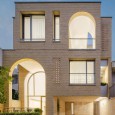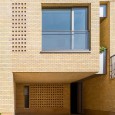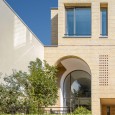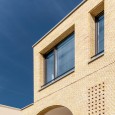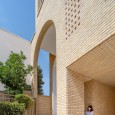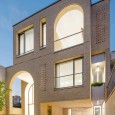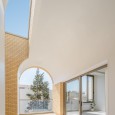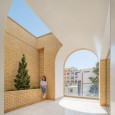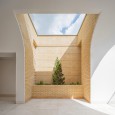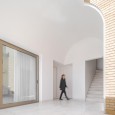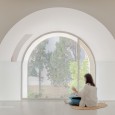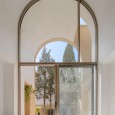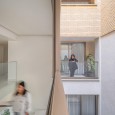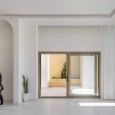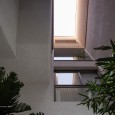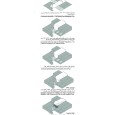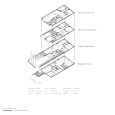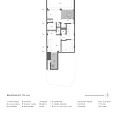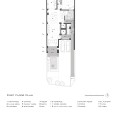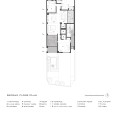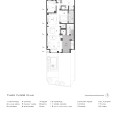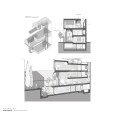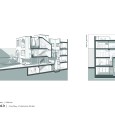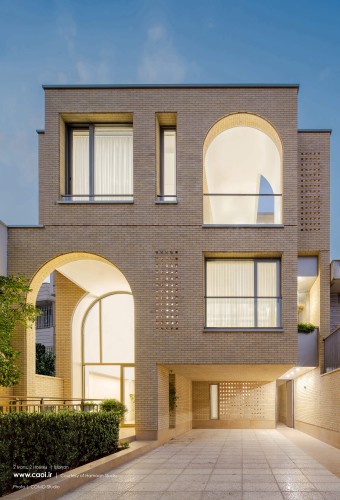Description
Prototypes are analogous to embryos in different species: While having initial similarities, they singularly transform and create under the effect of rich impulses of life. The creation and transformation resulted by different relation-forces. Therefore, we cannot lose track of these relationships with the impulses of life, while using prototypes. Otherwise, we repeat a dead body: an object in itself, a "tradition" struggling in an absurd rhetorical war with other symbols.
In "2 Ivans, 2 Houses" project, Ivan as a prototype is a reinterpretation of typical single-Ivan houses of Iran's central plateau. It is not just a matter of form, but also what this form makes possible. Ivan is a minimal, efficient pattern, responding to a situation in which houses severely need to have spatial diversity. Spatial diversity is a necessity for an autonomous house in the contemporary real-estate regime of space production. Such articulation well creates a consistent set of open, semi-open, and closed spaces that fit in the immanent forces of contemporary houses in Iran. It neither squanders the land nor is subject to stereotypes. It fits well in circulation and provides us with sights. It is not just ornamental.
As architects, we always seek to find and develop these so-called embryos. It is always a matter of transforming these embryos to living creatures in their immediate context.
Historically, Ivan has created many spatial relations, and for this is why it can be applied to contemporary design. In the project, we have two "Ivans" on two levels. The first one is called the "sightseeing Ivan". It is on the ground floor and provides the duplex with emergent visual relations with the neighbors, yard, and trees. The second Ivan is called the "entry Ivan". It is on the second floor and provides the second house with different functions such as movement and pause in circulation. These two Ivans share a common genealogy but have different emergences that create two different tastes, two different houses within the same structure.
The Ivans have to share a dialogue to fit into a coherent structure. A dialogue about the earth, the sky, the neighborhood, inside and outside. In this way, Ivans can be considered as spatial extensions. An extension that integrates the view of the existing trees into the living space inside the house and keeps the spatial connection between the neighbor yard behind and the facade. In this project, Ivan is the pivot of making the links possible: the links between the garden pit, the reflective link between inside and outside, the link with the sky, and the neighbors’ trees.
Farsi
Please click on the Link below to read the information in Farsi Language.
Click Here!
